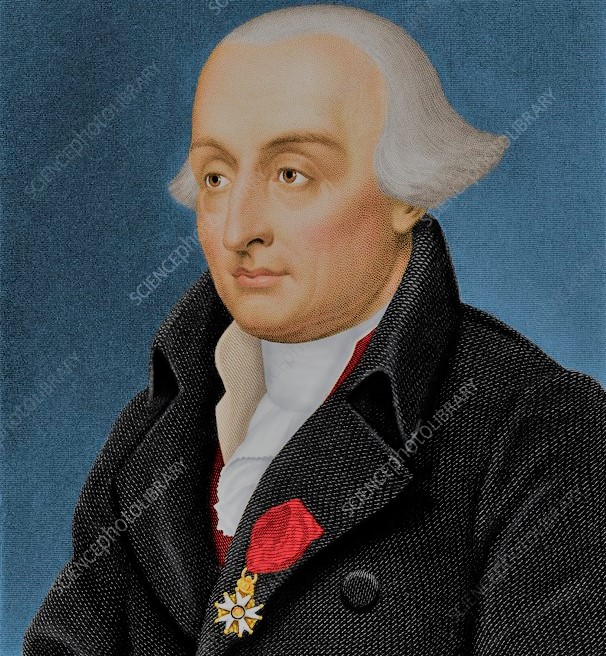
Lagrange Theorem Statement: Both the order and Index of a subgroup of a finite group divide the order of a group.
Lagrange Theorem Proof:
Let ![]() be a subgroup of order
be a subgroup of order ![]() of a finite group
of a finite group ![]() of order
of order ![]() and let
and let ![]() be the index of
be the index of ![]() in
in ![]() .
.
since ![]() is finite , the set
is finite , the set
{![]() }
}
all of distinct left cosets of ![]() in
in ![]() . then we have theorem, ( Let
. then we have theorem, ( Let ![]() be a subgroup of group
be a subgroup of group ![]() . Then the set of all left cosets of
. Then the set of all left cosets of ![]() in
in ![]() defines a partition of
defines a partition of ![]()
i.e, ![]()
Now, the mapping ![]() defined by
defined by
![]()
is obviously onto.
Also,
![]()
Implies,
![]()
![]()
So ![]() is one-one.
is one-one.
Hence the number of element in ![]() and
and ![]() is the same for
is the same for ![]() . As
. As ![]() has
has ![]() , each
, each ![]() also has
also has ![]() element for
element for ![]()
Now, form
![]()
![]()
![]()
![]()
![]()
![]()
Thus both ![]() and
and ![]() ,the order and index of
,the order and index of ![]() in
in ![]() , Divides
, Divides ![]() (the order of
(the order of ![]() ) i.e Lagrange Theorem
) i.e Lagrange Theorem
